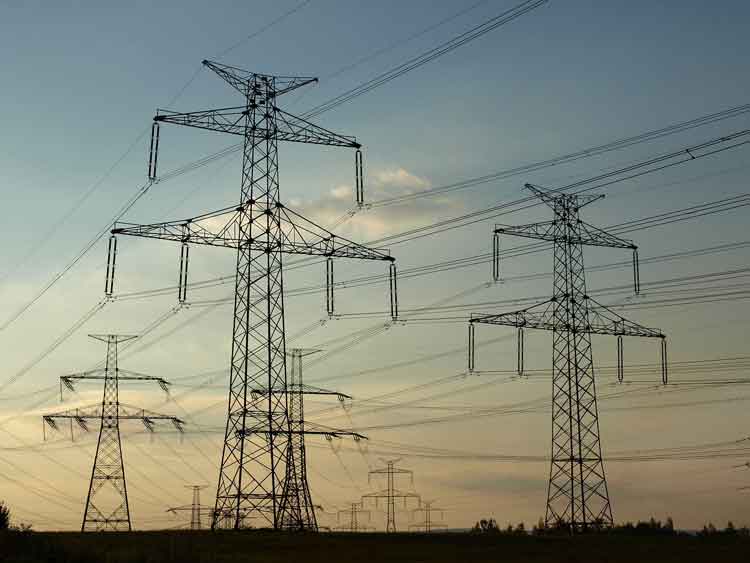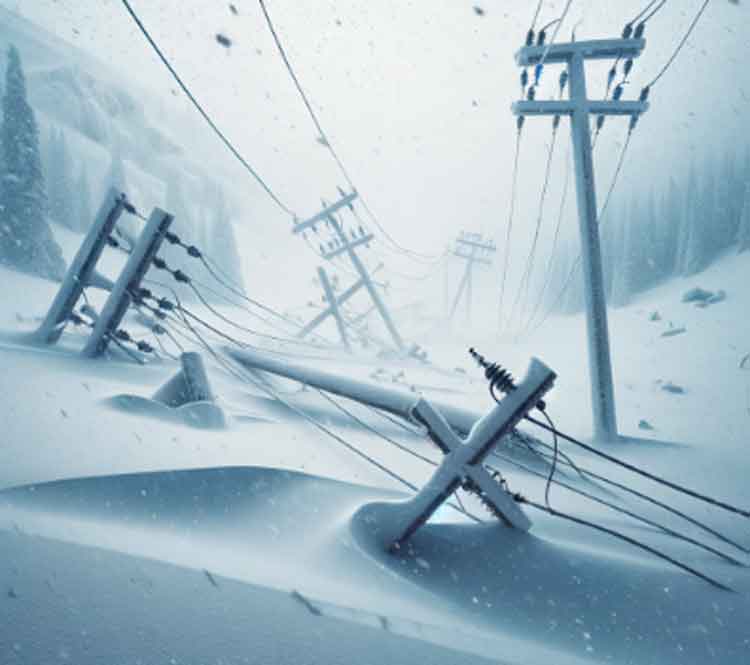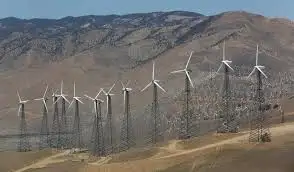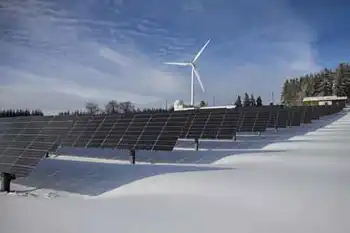Minnesota Signs Deal With Manitoba Hydro
WINNIPEG -- - The Minnesota Public Utilities Commission has unanimously approved a $1.7 billion power export deal with Manitoba Hydro.
It allows Minneapolis-based Xcel Energy to import power from Manitoba Hydro, despite the objections of aboriginal groups.
The 500-megawatt, 10-year deal was given the go-ahead.
It's an extension of an existing deal and will allow power to be exported until 2015.
Approval by Canada's National Energy Board is pending.
The Minnesota decision is a blow to the Pimicikamak Cree Nation of Cross Lake, Manitoba. They had asked the commission to first call a formal hearing into the social and economic impact of historic hydro development on their homeland.
Related News
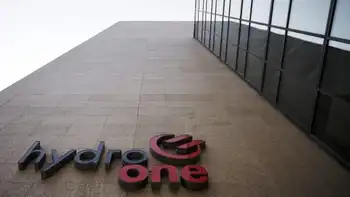
Hydro One Q2 profit plunges 23% as electricity revenue falls, costs rise
TORONTO - Hydro One Q2 Earnings show lower net income and EPS as mild weather curbed electricity demand; revenue missed Refinitiv estimates, while tree-trimming costs rose and the dividend remained unchanged for Ontario's grid operator.
Key Points
Hydro One Q2 earnings fell to $155M, EPS $0.26, revenue $1.41B; costs rose, demand eased, dividend held at $0.2415.
✅ Net income $155M; EPS $0.26 vs $0.34 prior year
✅ Revenue $1.41B; missed $1.44B estimate
✅ Dividend steady at $0.2415 per share
Hydro One Ltd.'s (H.TO 0.25%) second-quarter profit fell by nearly 23 per cent from last year to $155 million as the electricity…

